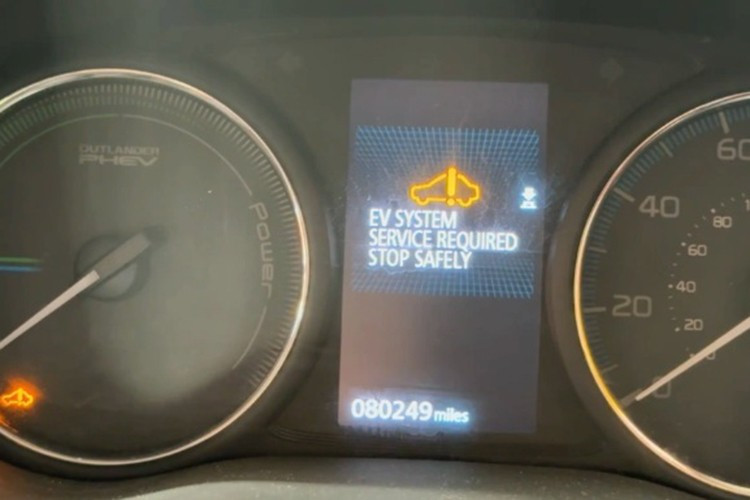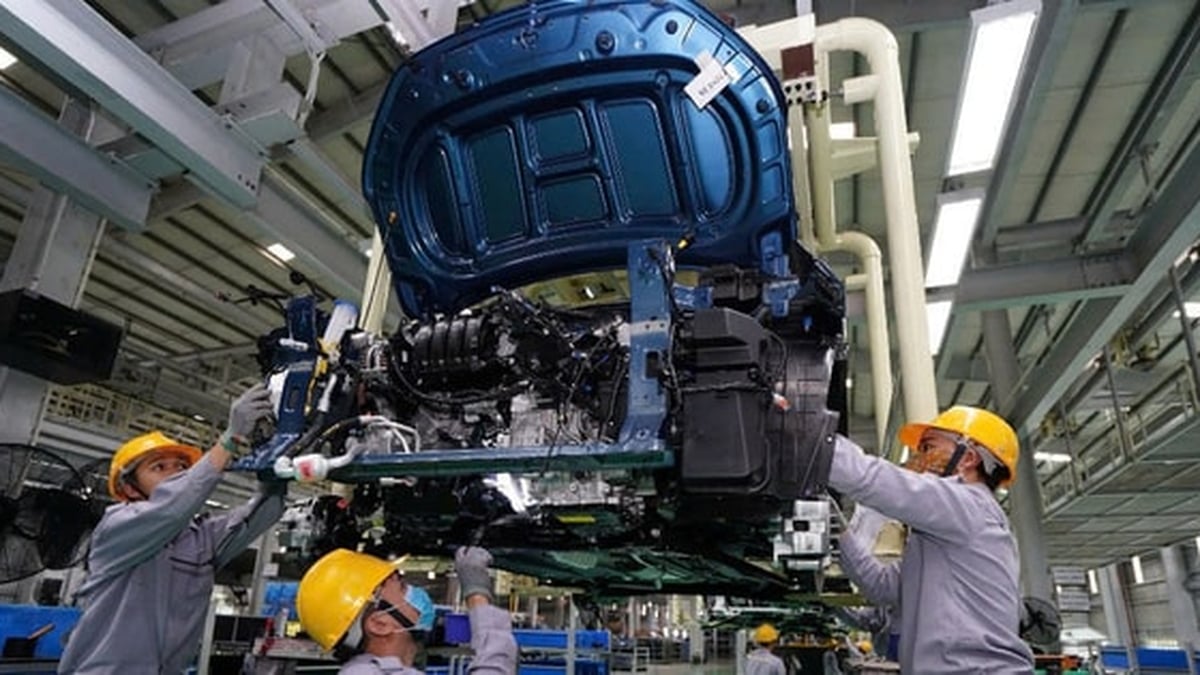Specifically, this Mitsubishi Outlander PHEV is an old generation, has run about 128,000 km and has a high voltage electrical system error that prevents the engine from starting, and cannot be charged with a level 1 charger. The car was brought to a workshop specializing in hybrid and EV repair, OGS & Mechanics, which has handled many difficult cases.

After scanning the fault with the OBD reader, a series of fault codes appeared, including current sensor fault and electric leakage sensor fault, both of which were in the high-voltage battery. The technicians initially suspected that they would have to remove the entire battery to check. However, instead of jumping into "major surgery", the mechanic here returned to the basic diagnostic method: checking the electrical circuit diagram.
As a result, both sensors shared the same power source and had a fuse under the bonnet. Upon inspection, they discovered that the 7.5A fuse had blown out. After replacing it with a £0.50 fuse, the entire electrical system of this Mitsubishi Outlander PHEV was working properly, including the charging feature...

The cause of the blown fuse is still unknown, and the fault could recur if there are other underlying issues in the system. However, this case shows that repairing a PHEV or EV doesn’t always require expensive equipment or complex intervention. Experience and basic knowledge are sometimes the keys.
The incident also helps to dispel the stereotype that broken electric or hybrid cars are “just trash” or always cost millions to fix. In many cases, the problem can come from a small component, as long as the repairman knows the right approach.
Source: https://khoahocdoisong.vn/mitsubishi-outlander-phev-tuong-vo-phuong-cuu-chua-sua-het-17-nghin-dong-post2149043465.html






































































































Comment (0)